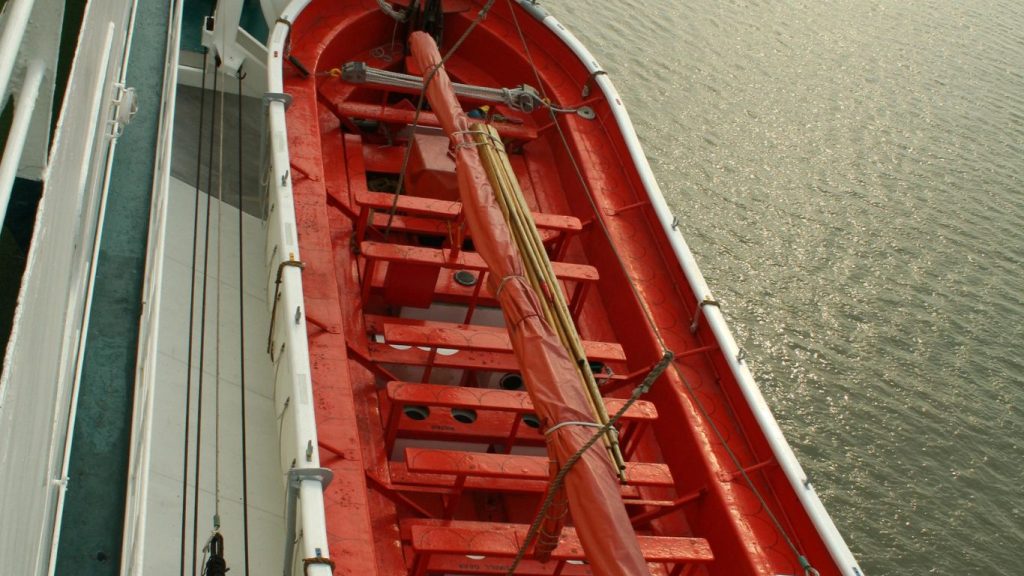The tragic sinking of the Titanic in 1912 highlighted the importance of adequate lifeboat capacity on passenger vessels. Since then, maritime regulations have been strengthened, and modern cruise ships are required to carry enough lifeboats for all passengers and crew.
International Regulations:
- SOLAS (Safety of Life at Sea) Convention: This international treaty sets the minimum standards for lifeboat capacity on passenger ships. It requires that all cruise ships have enough lifeboats to accommodate 125% of the total number of passengers and crew on board.
- IMO (International Maritime Organization): The IMO is responsible for developing and implementing maritime safety regulations, including those related to lifeboat capacity.
Lifeboat Types and Capacity:
- Totally Enclosed Lifeboats (TELs): These are rigid, enclosed lifeboats that can accommodate a large number of people. They are typically used for evacuating passengers and crew in the event of an emergency.
- Open Lifeboats (OLBs): These are smaller, open lifeboats that are designed for shorter distances and calmer seas. They are typically used for evacuating passengers and crew from the water.
- Rescue Boats: These are smaller, high-speed boats that are used for rescuing people from the water.

Redundancy and Safety Features:
- Multiple Lifeboats: Cruise ships typically carry multiple lifeboats, ensuring that there are enough to accommodate all passengers and crew even if some are damaged or lost.
- Regular Drills: Crew members undergo regular drills to ensure they are proficient in launching and operating lifeboats.
- Emergency Procedures: Cruise ships have comprehensive emergency procedures in place for evacuating passengers and crew in the event of an emergency.

Conclusion:
Modern cruise ships are equipped with a sufficient number of lifeboats to accommodate all passengers and crew in the event of an emergency. These lifeboats are regularly inspected and maintained to ensure they are in good working order. Additionally, crew members are trained in lifeboat operations and emergency procedures. While the possibility of a cruise ship sinking is extremely rare, passengers can rest assured that they will be safe if such an event were to occur.

